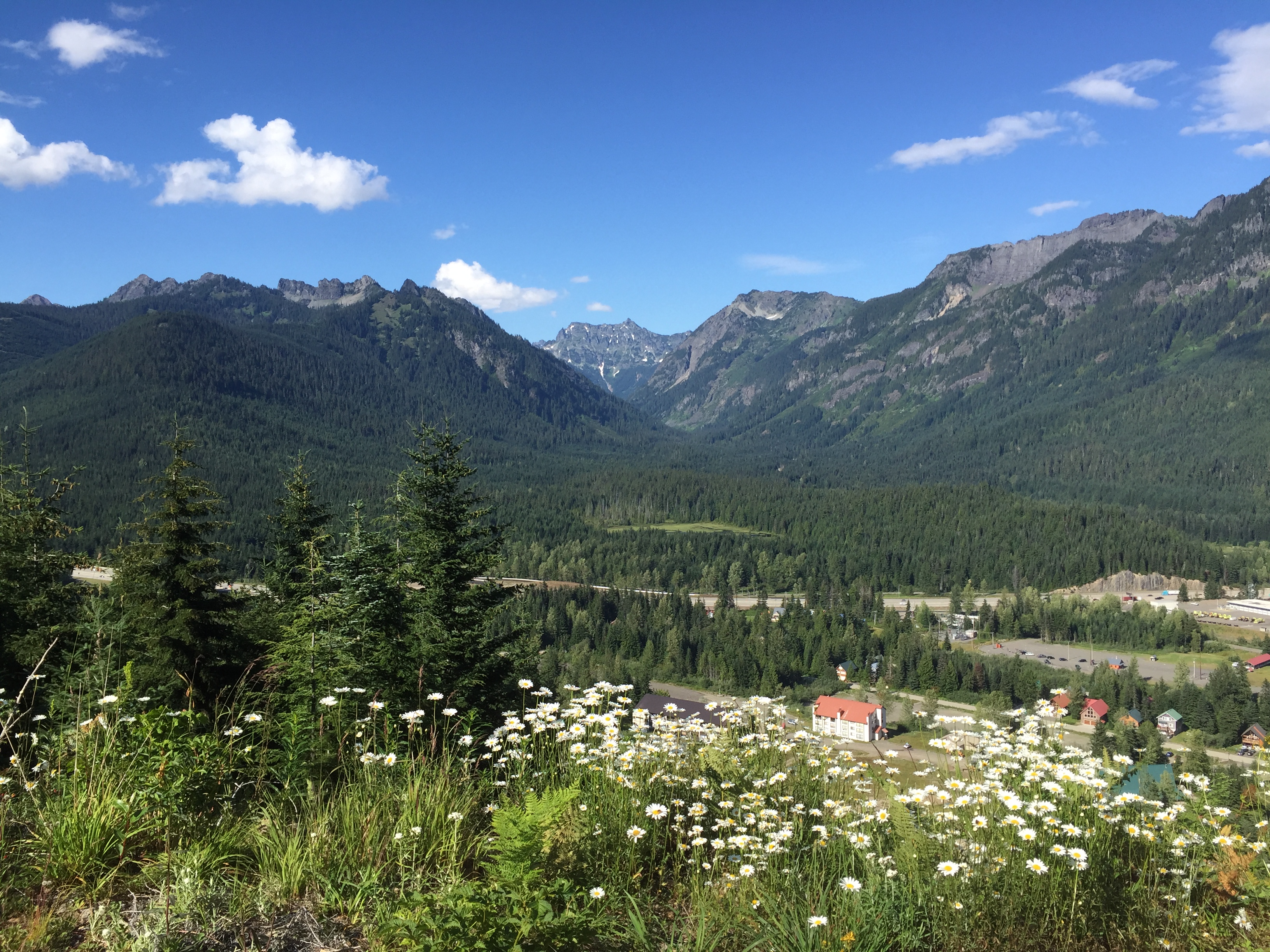This version is a final one. I’ve updated some of the balance between the instruments and added a few 13 and 15 limit intervals to the previous 11 limit version. Mostly this is just running the algorithm over and over until I like the results.
I felt that previous versions were too dense. To reduce the density, I stole a technique that Harry Partch employed in Castor & Pollux. That piece is structured as three duets, followed by all the instruments playing their same parts together in a “tutti” section. While two players execute their duet, the other four instrumentalists are silent. For the “tutti” they play together. This is done twice, symbolizing the birth of both Castor and Pollux. In this way, you get to listen to the individual parts and to the collection of all the instruments together. It’s very effective in his piece. I hope it will help mine as well.
I made up three quartets (rather than duets) out of the ensemble of 12 instruments. (a Duodecet as Wiki tells it)
- Quartet one
- finger Piano
- harp
- tuba
- bassoon
- Quartet two
- baritone guitar
- bass finger piano
- English horn
- flute
- Quartet three
- piano
- vibraphone
- balloon drums
- French Horn
- Ensemble Duodecet
- finger Piano
- harp
- tuba
- bassoon
- baritone guitar
- bass finger piano
- English horn
- flute
- piano
- vibraphone
- balloon drums
- French Horn
When each quartet plays 12 measures of 6 to 192 beats in duration, I move to the next quartet. Partch made sure each section was almost exactly two minutes in length. I’m more flexible, and allow the Drunkard Walk to determine the measure duration. Here, each measure is in a different key in the Tonality Diamond. Partch was more flexible in this area.
After the three quartets, all the instruments play together for 12 measures, followed by a very short repeating section where the randomness is greatly reduced. This provides a kind of climax of sorts at the end of each of the four sections.
Unlike Castor & Pollux, there is no repeating relationship between what the quartets play and what the whole ensemble plays. Instead, I use the Drunkard’s Walk Markov Chain to pick unique material at every stage.
Alpine Daisy has a Latin name of Erigeron compositus. It’s all over Western Washington from June through August. The second half of the title is taken from a quote in Faulkner’s Sound and the Fury:
And I will look down and see my murmuring bones and the deep water like wind, like a roof of wind, and after a long time they cannot distinguish even bones upon the lonely and inviolate sand.
or download here:
Alpine Daisy – Roof of Wind #28
